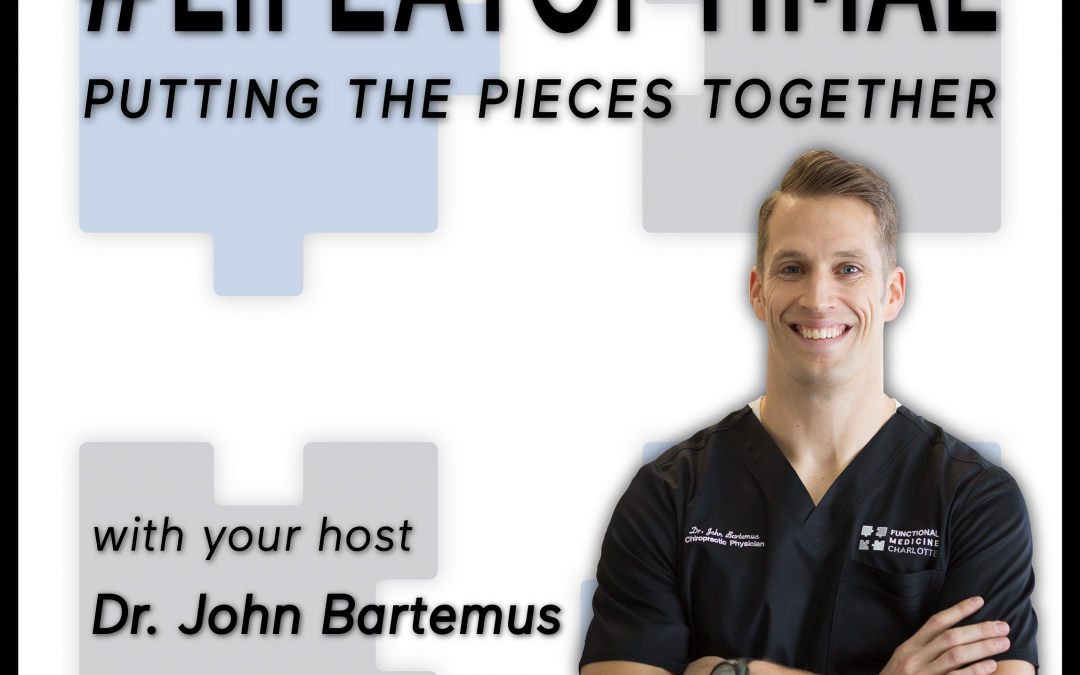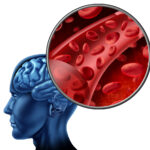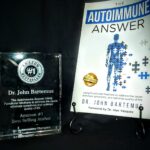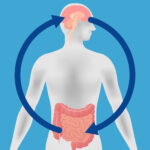One of the biggest mistakes many people make is assuming a tremor signifies Parkinson’s disease. The truth is many different kinds of tremors exist for different reasons. You can distinguish between them by knowing some basic characteristics.
Understanding the expression of the tremor
Tremors can be grouped into three categories: action tremor, resting tremor, and physiological tremor.
Action tremor happens with movement. These tremors typically stem from a disorder of the cerebellum, the area at the back of the brain involved in movement and coordination. The more calibration the movement requires (such as touching your pinkie finger to your nose with your eyes closed), the easier it is to see this tremor. Drinking alcohol may make this tremor worse.
Resting tremor happens when the hands are totally at rest. These tremors are related to the basal ganglia, and area of the brain involved in regulating movement. Moving the hands will stop the tremor. This is the type of tremor associated with Parkinson’s disease.
Physiological tremor results from a metabolic issue affecting muscle contractions, such as too much coffee, low blood sugar, too much thyroid hormones, or certain medications. The key feature of this tremor is that it happens both at rest and in action.
Types of tremors
Those are the three primary ways tremors express themselves. Beyond that, we can identify different tremors based on what causes them.
Essential tremor is the most common tremor and is caused by a hereditary disorder of the cerebellum. You know you’re a candidate for this tremor if drinking alcohol makes it better and other family members have it. It may also occur in the head and the voice.
Orthostatic tremor occurs in the legs when a person stands up but goes away upon walking. It is related to misfiring in the autonomic nervous system, which governs unconscious bodily functions.
Dystonic tremors occur with dystonia, a disorder in which muscles contract involuntarily.
Parkinsonian tremor is a pill-rolling rest tremor and re-emergence tremor (i.e., it occurs after the arms have been held out a few moments).
Cerebellar tremors occur when the cerebellum cannot correctly calibrate muscle movements during movement, such as bringing a glass to your mouth. Vertigo and nausea may be other complaints.
A Holmes tremor is also known as wing-beating, midbrain, or rubral tremor. It is associated with strokes that impact the midbrain, as well as copper toxicity.
Palatal tremor is a rare disorder that causes rhythmic tremor of the soft palate.
Neuropathic tremor stems from neuropathy, more often an acute autoimmune neuropathy.
Neurotoxic and drug-induced tremors, are, like they sound, induced by toxins and medications.
Psychogenic tremors are a psychiatric disorder in which the individual creates the tremor.
Functional neurology and tremors
In functional neurology, we can often lessen the severity of tremors by identifying the area of the brain causing them and then using brain rehabilitation techniques to address dysfunction in those areas. We also work with you to reduce inflammation, ensure proper brain nutrition, and improve overall metabolic health so that your brain has the best chance at improvement.







